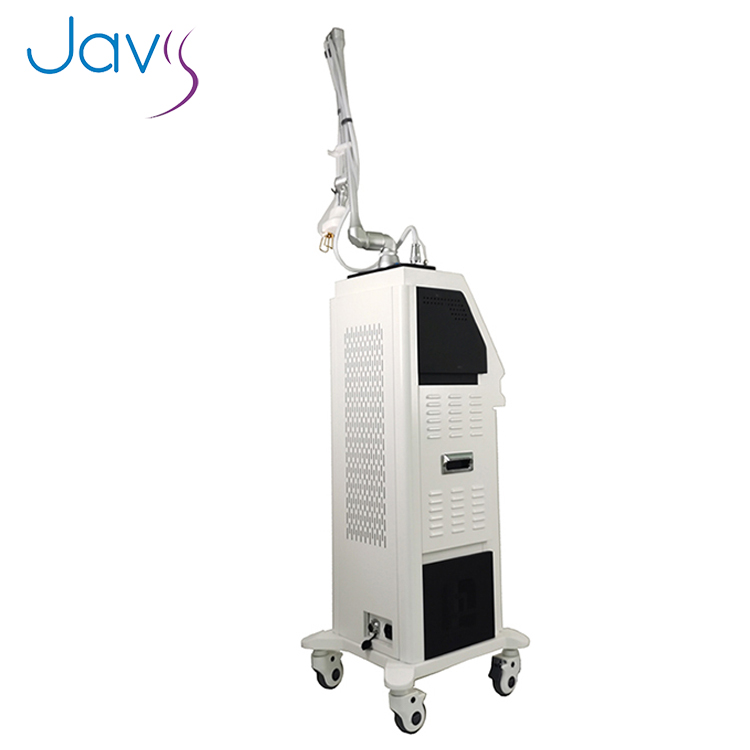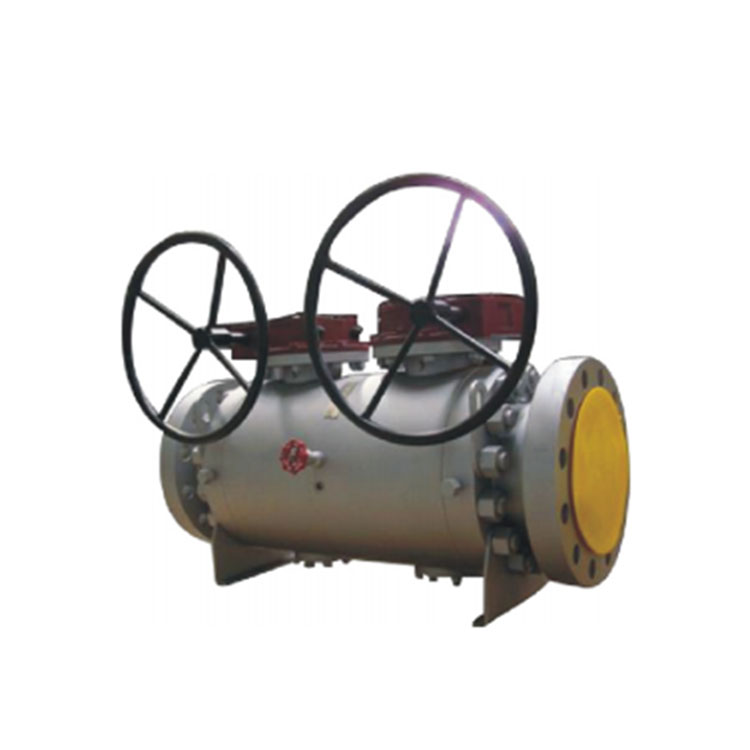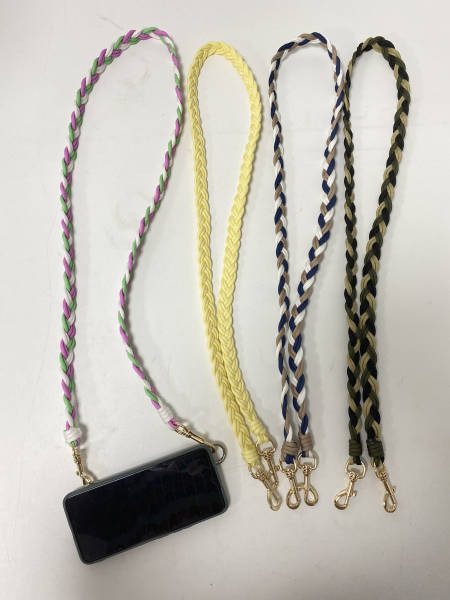Are API 6D 3-Piece Trunnion Ball Valves suitable for both on/off and throttling/control applications?
API 6D 3-Piece Trunnion Ball Valves are suitable for both on/off and throttling/control applications. Their design and features make them versatile enough to serve various flow control requirements, depending on the specific needs of the process or system.1. On/Off Applications: API 6D 3-Piece Trunn......
Send Inquiry
Product Description
API 6D 3-Piece Trunnion Ball Valves are suitable for both on/off and throttling/control applications. Their design and features make them versatile enough to serve various flow control requirements, depending on the specific needs of the process or system.
1. On/Off Applications: API 6D 3-Piece Trunnion Ball Valves are well-suited for on/off applications, where the valve is used to start or stop the flow of fluid in the pipeline. The trunnion-mounted ball design provides a tight shut-off, ensuring minimal leakage when the valve is fully closed. This feature makes them effective in isolating sections of the pipeline or completely stopping flow during maintenance or emergencies.
2. Throttling/Control Applications: These valves can also be used for throttling or control applications, where precise flow regulation is required. While ball valves are generally not considered the most precise control valves compared to globe or butterfly valves, API 6D 3-Piece Trunnion Ball Valves can offer adequate control capabilities for many industrial processes. The degree of control achieved depends on factors such as the valve size, ball port size, and the type of actuator used.
When using API 6D 3-Piece Trunnion Ball Valves for throttling or control applications, it's essential to consider the following:
a. Reduced Bore: For finer flow control, a reduced bore valve (having a smaller ball opening) may be preferred as it provides more restricted flow and improved control resolution.
b. Actuation: Employing an appropriate actuator can enhance control accuracy and response time. Actuators can be pneumatic, electric, or hydraulic, depending on the process requirements.
c. Cv (Flow Coefficient): Consider the valve's Cv value, which quantifies the flow capacity. A higher Cv value allows for greater flow rates and control range.
While ball valves are not inherently designed for fine control like globe valves, they are still widely used for both on/off and moderate throttling/control applications due to their simplicity, low pressure drop, and excellent shut-off capabilities.
The choice of valve type and design should be based on a comprehensive understanding of the specific process requirements, flow characteristics, and control needs. Consulting with valve experts and engineers can help determine the most suitable valve type and configuration for the desired flow control application.









